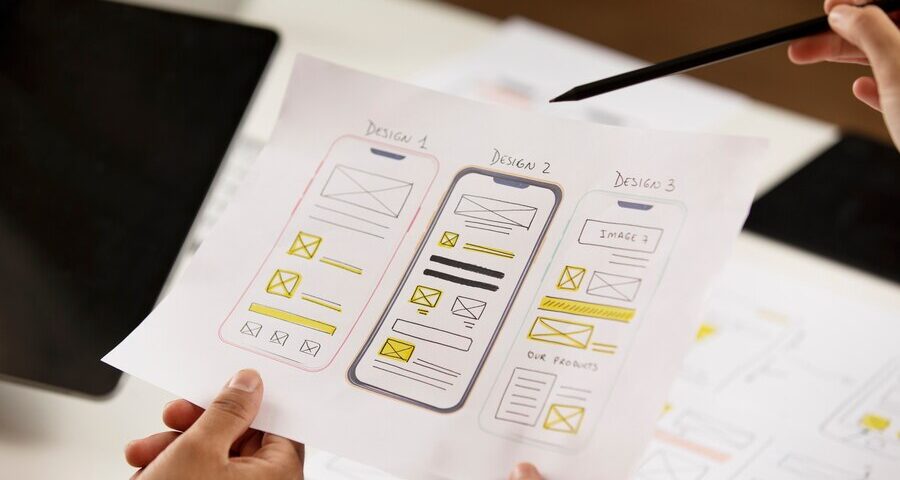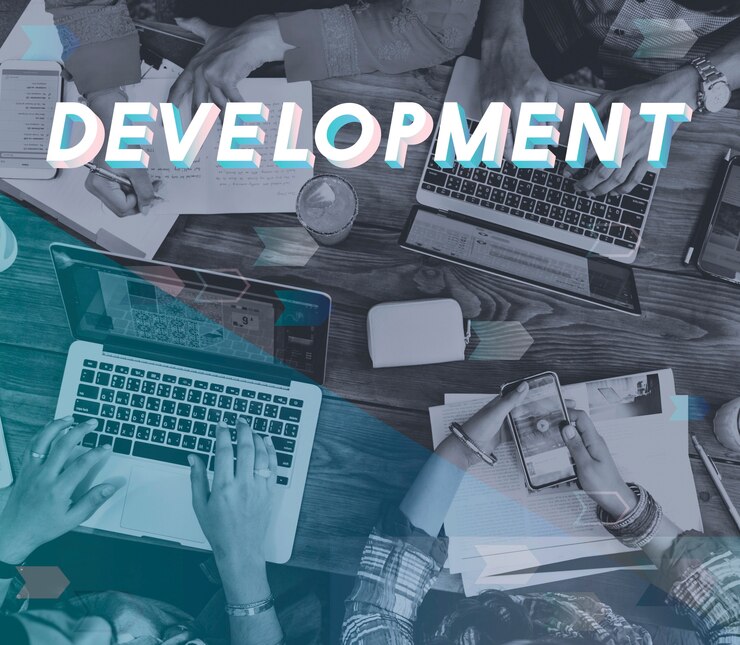App Development Roadmap

App Development Cost
December 7, 2023
App Development Skills
December 7, 2023App Development Roadmap: A Guide to Building Your Dream App
Developing a successful app requires careful planning and execution. A well-defined app development roadmap acts as your guiding light, ensuring you stay on track and achieve your desired outcome. Here’s a comprehensive roadmap to help you navigate the process:
Thank you for reading this post, don't forget to subscribe!1. Define Your App Idea:
- Identify a Problem: What problem does your app solve? What need does it fulfill?
- Target Audience: Who are you building the app for? Understanding their demographics, needs, and behaviors is crucial.
- Unique Value Proposition (UVP): What makes your app stand out from the competition?
- App Functionality: Clearly define the features and functionalities your app will offer.
2. Market Research and Validation:
- Competitor Analysis: Research existing apps in your chosen category. Identify their strengths and weaknesses to differentiate your app.
- Market Size and Growth: Analyze the overall market size and growth potential of your app’s target market.
- User Research: Conduct surveys, interviews, and usability testing to gather valuable feedback from your target audience.
3. Planning and Development:
- Choose a Development Platform: Will you build native apps for each platform (iOS and Android) or opt for a cross-platform or hybrid approach?
- Select Your Team: Assemble a team with the necessary skills and experience, including developers, designers, and project managers.
- Define Project Scope and Timeline: Break down the development process into manageable phases and set realistic deadlines.
- Create a Prototype: Develop a low-fidelity or high-fidelity prototype to visualize your app and gather further user feedback.
4. Development and Testing:
- Implement core functionalities: Focus on building the essential features and functionalities of your app.
- User Interface and User Experience (UI/UX) Design: Design an intuitive and visually appealing interface that provides a seamless user experience.
- Testing and Debugging: Conduct thorough testing to ensure your app is bug-free and functions flawlessly.
5. Launch and Marketing:
- App Store and Google Play Store Submission: Prepare your app for submission and follow each platform’s guidelines.
- Marketing and Promotion: Create a comprehensive marketing strategy to reach your target audience and generate awareness for your app.
- Analytics and User Feedback: Continuously monitor user data and gather feedback to improve your app and iterate based on user needs.
Additional Tips:
- Agile Methodology: Adopt an agile development approach to adapt to changes and improve your app iteratively based on user feedback.
- Documentation: Maintain clear documentation of your app’s architecture, code, and features for future reference and maintenance.
- Version Control: Utilize version control systems like Git to track changes, manage multiple versions, and collaborate effectively.
- Security and Privacy: Implement robust security measures and comply with data privacy regulations to protect user data.
Remember:
App development is a continuous journey. By following this roadmap, you can establish a solid foundation for your app and increase your chances of success. However, be prepared to adapt and adjust your plan based on feedback, market trends, and changing user needs to ensure your app remains relevant and valuable in the ever-evolving mobile landscape.


